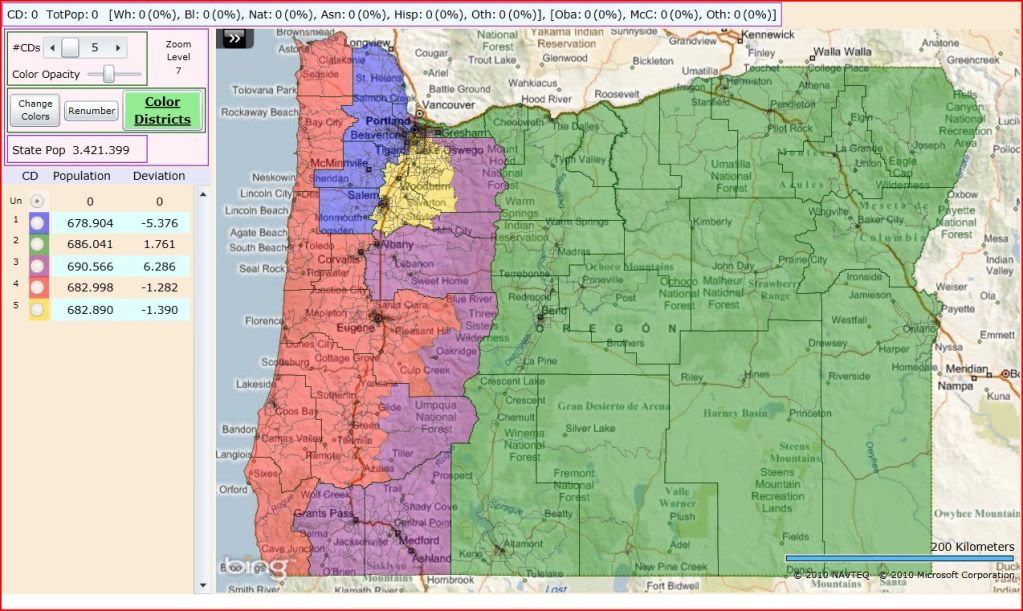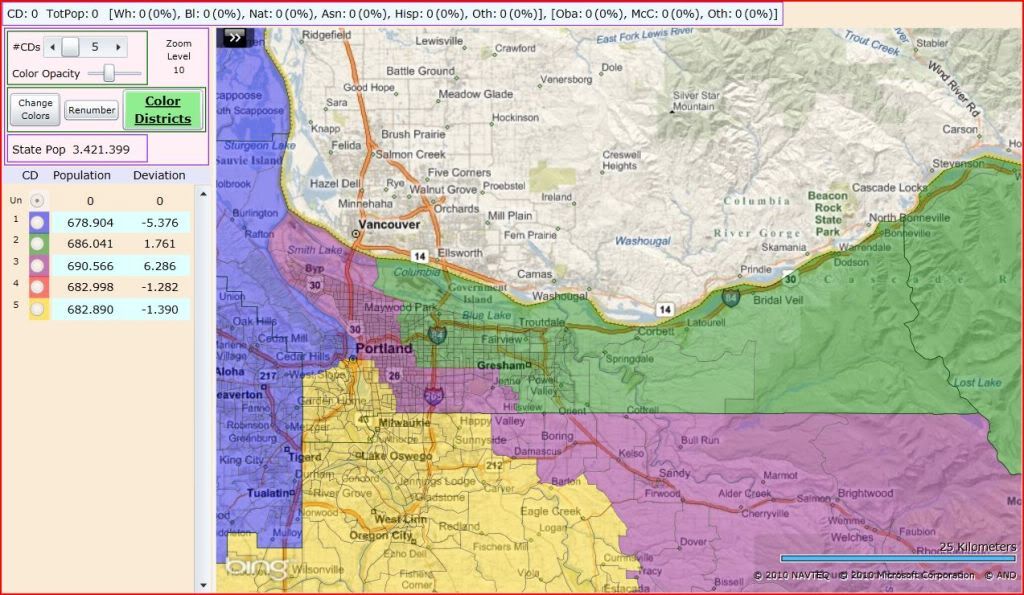http://polibeast.blogspot.com/…
No, I’m not speaking of a Cinemax late-night softcore porno, although I wouldn’t be much floored if one titled that actually existed. I’m talking about the 2012 Connecticut U.S. Senate race, a showdown which, presuming incumbent Sen. Joe Lieberman runs again as an Independent candidate, will be a three-person affair.
In one corner, you have Lieberman, who, lately, has been sporting rather grim approval ratings. Liberals are still irked by his behavior during the health care debate, conservatives are wary of his support for liberal legislation like the DREAM Act and the “Don’t Ask, Don’t Tell” repeal, and moderates, though perhaps the most prone to support Lieberman, don’t seem thrilled with the guy, either. Still, I have to suspect Lieberman’s leadership on the DADT repeal has probably bolstered his standing a bit here. I seriously doubt he’s at 50 percent or higher approval, but I wouldn’t be shocked if he’s back above the 40 percent mark. If so, he probably runs again.
In the second corner, you have Rep. Chris Murphy, who’s considered the front-runner for the Democratic nomination, but not necessarily an overwhelming one. There are other possible candidates, and, for Lieberman at least, the more who run, the merrier. Lieberman wants to see Murphy bloodied and battered in a primary, which might irk enough Democrats to bolt for the third-party candidate. If the field is cleared for Murphy, however, that ensures he enters the race with no damaging intraparty conflict and as much money as possible. Murphy goes into a three-way match a modest front-runner, given Democrats outnumber Republicans by a massive margin in Connecticut, plus Lieberman’s pull among Independents isn’t as overwhelming as you’d suspect; it’s even weaker than Charlie Crist’s in this past cycle, and even Crist wasn’t that strong.
And, in corner #3, you have fmr. WWE CEO Linda McMahon, who looks poised to again run for the U.S. Senate after her failed bid over the last cycle. McMahon ran an OK race in 2010, way overperforming the typical Connecticut Republican, but still failing to siphon-off the Democrats that are necessary for a GOP-er to win here. She’s not an overly-popular figure in the state, but she can self-fund, and her financial prowess relieves Republicans from having to pump money in the race. McMahon’s hope is that the GOP base is unified behind her, that Murphy faces a bruising Democratic primary, and that Lieberman fails to improve in approval. This perfect storm is what’s absolutely necessary for a candidate like McMahon to prevail here.
So, reality time. What probably happens here?
Well, here’s my guess – Murphy will face a Democratic primary. Unlike Richard Blumenthal last year, he’s hardly a juggernaut in Democratic circles, and there’s also support for Connecticut’s Secretary of State, Susan Bysiewicz. Bysiewicz is a more liberal, polarizing figure, and while that’s damaging in a general election, it can be helpful in a primary environment. But, still, let’s presume Murphy wins the nomination, and let’s also presume McMahon’s money scares any other serious Republicans away from that primary.
Here’s the thing – for Lieberman to win here, he needs to thrive on a playing field that’s a tad different from the one from his 2006 re-election bid. In that race, the Republicans nominated Alan Schlesinger, a very weak candidate, and this gave Lieberman the license to siphon-off a massive amount of the GOP vote. That, coupled with strong Independent support and adequate Democratic support, gave Lieberman a comfortable leg-up.
It’s different here. Against McMahon, the GOP vote just won’t be up for grabs. Lieberman might manage 15 to 20 percent, maybe, if McMahon’s candidacy falters even worse than in the last cycle. So, he’ll need to look elsewhere for the necessary votes. If his approval rises, he could well get to the 50 percent mark among Independents, and that’s not bad in a three-way. Here’s the hard part, though – for Lieberman to cross the finish line, he needs to steal about a third of the Democratic vote from Murphy. Basically, this means every single self-described “conservative Democrat,” and more than half of “moderate Democrats” must bolt for Lieberman. Don’t worry about McMahon – she has no chance here. If Lieberman did this, it would bring the race to a scenario where Lieberman and Murphy are lingering around 35 percent and McMahon around 25 percent. Lieberman probably can’t win by the double-digit margin from 2006. He’ll need to win by the skins of his teeth here.
In the end, though, I’m not sure Lieberman will have the necessary pull with Democrats to prevail here. Murphy will jump into the race as something of a “Lean D” favorite, and Lieberman will have to work extra-extra-super-super hard to win over wary voters from his former party. I’m not saying a Lieberman victory is impossible – hell, a McMahon victory isn’t impossible, either. But, given the state’s Democrat-heavy electorate, plus the middling favorables of Lieberman and McMahon, you just have to figure Murphy has the obvious advantage here.


































